The irritation, pinching, inflammation, or pressure of a nerve in the lower spine causes sciatica pain. A slipped or herniated disc, which puts the nerve root under pressure root, is the most common cause. Most sciatica patients recover completely on their own with enough time, proper rest, and self-care therapies. Others might require some medications and/or surgery from the top spine surgeon in Bangalore.
Sciatica – Meaning
Sciatica is defined as pain in the legs and back, which radiates into the buttocks and feet. As a result, a person cannot sit down or walk due to pain in the sciatic nerve. The pain arises due to compression of the spine by one of its vertebrae.
Sciatica is a type of nerve pain that results from pressure on the sciatic nerve. It can occur when a muscle, ligament, or another part of your body presses against the sciatic nerve. The surrounding tissue may also cause the problem. This can happen because of swelling or inflammation (swelling), often as a result of sitting too long (persistent lower back pain) from standing up too quickly after sitting down. Sciatica is indicated to describe pain in the lower back region which radiates into the leg muscles, buttocks, and outer groin of either leg. The main symptoms include pain when you touch the bottom of your thigh; pain when you push on those same muscles with your hands; discomfort on walking that increases with speed; numbness in the foot or toes; numbness above the knees; itching in legs; pins and needles feeling in limbs and fingers.
If you have “sciatica,” you will feel moderate to severe pain anywhere together across the path of the sciatic nerve, which runs from your lower spine to your hips, butt, and/or down your legs. It may also cause leg and foot muscle weakness, numbness, and an irritating tingling pins-and-needles feeling in your leg, foot, and toes.
Risk Factors of Sciatica
Here are some risk factors of sciatica:
- Have a recent or previous injury: Sciatica is more likely if you have a lower back or spine injury.
- Live your life: Normal aging results in the natural wear and tear of bone tissue and discs in your spine. Normal aging can expose your nerves to injury or pinching due to changes and shifts in bones, discs, and ligaments.
- Have excess weight: Your spine is similar to a vertical crane. The counterweights are your muscles. Your spine (crane) needs to actually lift the weight you hold in the front of your body. The greater the weight, the further your back muscles (counterweights) must work. This can result in back strains, pains, and other back problems.
- Absence of strong core: Your “core” muscles are those in your back and abdominal muscles. The stronger one’s core, the more support their lower back will have. Besides one’s chest, where the rib cage offers support, one’s lower back is supported completely by their muscles.
- Have a physically active job: Jobs that involve heavy lifting may raise your chances of low back issues and use of your back, as may jobs that require prolonged sitting.
- Poor posture in weightlifting: Even if you’re physically fit and active, you can develop sciatica if you do not use proper body form when you lift weights or perform other strength training exercises.
- Have diabetes: Diabetes increases the likelihood of nerve damage, which elevates the risk of sciatica.
- Have osteoarthritis: Osteoarthritis can affect your spine and put your nerve cells at risk.
- Maintain an inactive lifestyle: Sitting for an extended period of time without moving, stretching, or strength training your muscles can increase the likelihood of sciatica.
- Smoke: Tobacco nicotine can harm spinal tissue, dismantle bones, and quicken the weakening of vertebral discs.
Causes of Sciatica
- A slipped or herniated disc that puts pressure on a spinal nerve. The most major cause of sciatica is this. The padding cushions between the vertebrae of the spine are known as discs. Pressure from vertebral bodies can cause a disk’s gel-like center to bulge (herniate) due to a weakness in its external wall. When a herniated disc occurs in one of your lower back vertebrae, it can put pressure on the sciatic nerve.
- Degenerative disc disease is caused by the natural deterioration of the discs between the vertebrae of the spine. The wearing down of the discs reduces their height, causing the nerve passageways to become narrower (spinal stenosis). This condition can cause sciatic nerves to be pinched as they move through the spine.
- Trauma to the lumbar region or sciatic nerve.
- Tumors in the lumbosacral spinal canal cause sciatic nerve compression.
- Piriformis syndrome occurs when the sciatic muscle, a small muscle located deep in the butt cheeks, becomes rigid or spasms. This can aggravate and put pressure on the sciatic nerve. Piriformis syndrome is a rare neuromuscular condition.
- Cauda equina syndrome is an uncommon but serious disorder that impacts the cauda equina, a cluster of nerves at the tip of the spinal cord. This syndrome is characterized by leg pain, numbing sensation around the anus, and loss of bladder and bowel control.
Symptoms of Sciatica
- Pain ranges from moderate to severe in your lower back, buttocks, and down your leg.
- Lower back, buttock, leg, or foot numbness or weakness
- Pain that gets worse over time with movement; immobility
- Feeling of “pins and needles” in your legs, toes, or feet.
- bladder and bowel control problems (due to cauda equina).
Diagnosis of Sciatica
Your medical history will be checked first by your healthcare provider. They will then ask a few questions about your symptoms.
You will also be also asked to walk during your screening test so that your healthcare professional can see how your spine supports your weight. To test the strength of one’s calves muscles, the person can be asked to walk on their heels or toes afterwards. A straight-leg raise test may also be performed by your provider. You will position yourself on your back with your legs completely straight for this test. Your physician will slowly lift each leg, noting where your pain begins. This test helps to pinpoint the impacted nerves and determine if one of your discs is damaged. Other stretches and motions will be requested in order to pinpoint pain and assess muscle strength and flexibility.
Imaging and other tests may be performed based on what your medical professional finds during your physical exam. These could include:
- Spinal X-rays to detect disc problems, spinal fractures, tumors, infections, and bone spurs.
- MRI or CT scans are used to obtain detailed images of the back’s bone and soft tissues. An MRI can detect nerve pressure, disc herniation, as well as any arthritic condition that may be pressing on a nerve. MRIs are generally ordered to confirm a sciatica diagnosis.
Treatment of Sciatica
Every person suffering from sciatica is different. The type of pain, the severity of the pain, the symptom, and the cause of the pain can all be different. A more assertive treatment could be tried first in some patients. However, if a 6-week trial of self-care treatment methods – like heat, ice, stretching, and over-the-counter medications – has not proven fruitful, it is time to consult a health professional and consider other treatment options.
- Prescribed medications: Muscle relaxants may be prescribed by your doctor to relieve the uneasiness caused by muscle spasms. Prescription pain medications may be used sooner in your treatment regimen, depending on the severity of the pain.
- Physical therapy: The objective of physical therapy will be to discover exercise movements that relieve sciatica by lowering nerve pressure. Stretching exercises and aerobics should be included in an exercise program to improve muscle flexibility (like walking, swimming, and water aerobics).
- Alternative therapies: Alternative therapies are becoming increasingly popular for treating and managing various types of pain. Alternative treatments for sciatica include spinal manipulation by a certified chiropractor, yoga, and acupuncture.
When should surgery be considered?
If your symptoms have not been relieved with other treatment methods like stretching and medicines, your pain is worsening, you have extreme weakness in your lower extremity muscles, or you have lost bowel or bladder control, spinal surgery is generally not recommended.
The timing of surgery is determined by the cause of your sciatica. Surgery is usually considered after a year of persistent symptoms. Severe and unrelenting pain that prevents you from standing or working and has landed you in the hospital would necessitate more intensive treatment and a shorter time frame for surgery. If cauda equine syndrome is suspected, loss of bowel or bladder control may necessitate emergency surgery from the best spine surgeon in India. The main objective of spinal surgery for sciatic pain is to reduce the pressure on the pinched nerves and ensure the spine is stable.
Final Words
The majority of sciatica cases do not necessitate surgery. Generally, time and self-care therapies are all that are needed. But even so, if simple self-care treatments don’t really relieve your pain, consult your doctor. If necessary, your healthcare provider can verify the source of your pain, recommend alternative treatment options, and/or refer you to other spine healthcare practitioners.



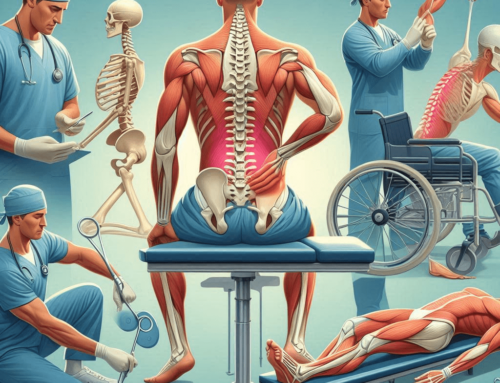
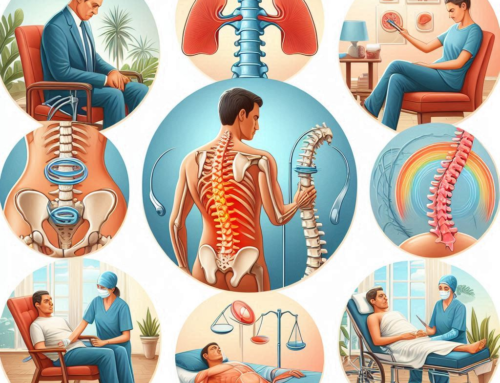
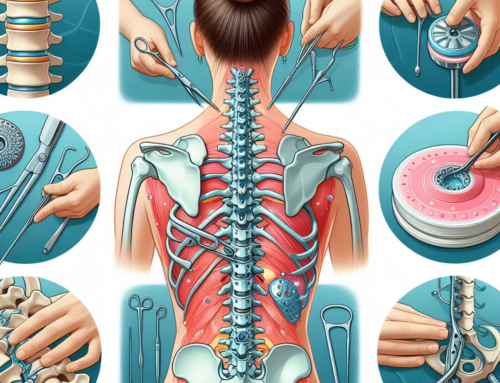
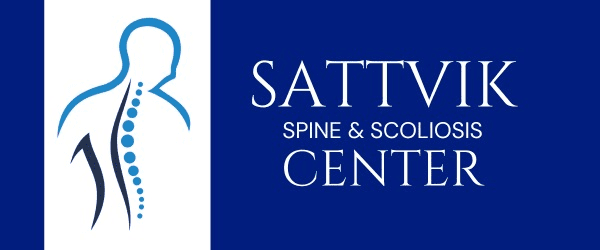



Get Social